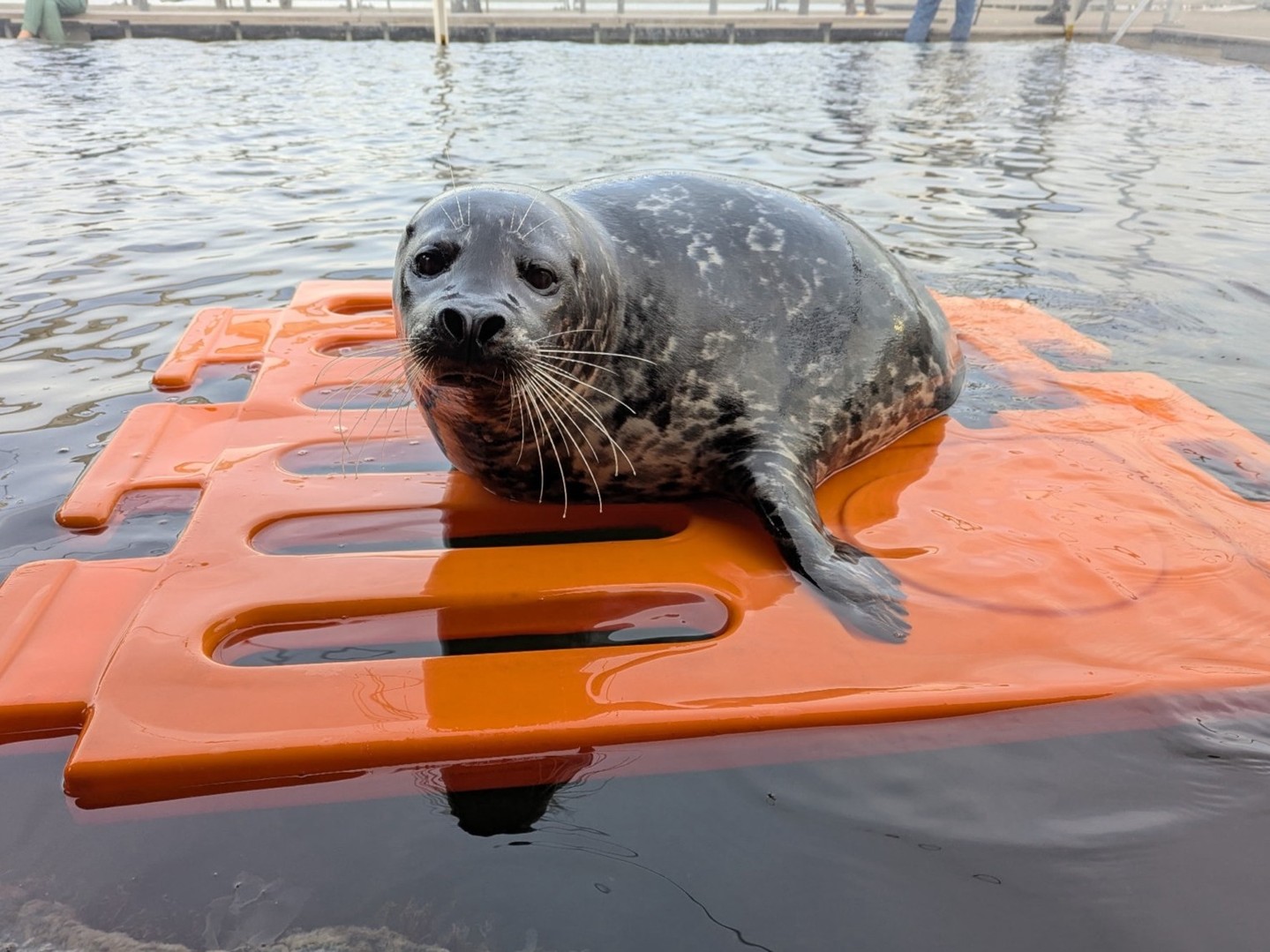- The role of Animal Care Technicians in zoological settings
- Hogan’s routine in captivity and its broader implications
- Environmental enrichment and its importance for welfare
- Wildlife conservation efforts and public education
- The interaction between animal care and conservation science
Animal Care Technicians are integral to the success of zoological facilities worldwide. These unsung heroes play a pivotal role in maintaining the health and well-being of countless animals. At many institutions, including those where activities like "Hogan’s floatin’ on a Friday" take place, technicians like Katie are responsible for tasks ranging from feeding and cleaning to administering medical treatments and observing animal behavior. Their expertise and dedication ensure that animals thrive in captive environments where nature’s challenges are simulated and managed.
One critical task for Animal Care Technicians involves dietary management. Each species has unique nutritional needs that must be met to maintain optimal health. Technicians collaborate closely with veterinarians and nutritionists to design and implement appropriate feeding regimens. For example, some animals may require a diet rich in specific nutrients to replicate what they would naturally consume in the wild. This knowledge forms the backbone of many care programs, helping to prevent nutritional deficiencies and contributing to overall animal wellness.
When observing Hogan, an animal known in certain zoo environments for engaging in behaviors such as “floatin’ on a Friday,” one should consider the complexity of maintaining such routines in captivity. Enrichment is central to this process as it encourages natural behaviors that are essential for mental and physical health. Hogan’s routine might involve activities that mimic natural behaviors, promote physical exercise, and stimulate mental engagement. This type of enrichment not only enhances animal welfare but also provides valuable learning experiences for visitors, promoting awareness about the species and its natural habitat.
Animal Care Technicians are instrumental in creating innovative enrichment programs. These programs are grounded in a deep understanding of an animal’s natural history, including its social structures, foraging strategies, and environmental interactions. By designing enclosed habitats that encourage exploration and problem-solving, technicians offer animals opportunities to engage with their environment in meaningful ways. Effective enrichment should be dynamic, varied, and capable of evolving over time to prevent habituation.
Conservation is a critical priority in zoological settings. Facilities often focus on protecting endangered species by participating in breeding programs and contributing to genetic diversity. By doing so, they serve as living repositories that safeguard species against extinction. Technicians like Katie engage in meticulous record-keeping and data analysis to track health trends and breeding success rates. Their insights help refine management practices, enhancing both individual care and broad conservation outcomes.
Public education is another central pillar of zoo operations. Through programs like “Hogan’s floatin’ on a Friday,” visitors learn about the complexities of animal care and the importance of conservation efforts. By presenting animals in engaging settings and sharing their stories, zoos inspire visitors to support and engage in conservation efforts, both locally and globally. These interactions foster a deeper understanding of the ecological roles these creatures play and the challenges they face in the wild.
Navigating the intersection of animal care and conservation science requires an appreciation for both disciplines. Care practices in zoos are often informed by ongoing research into animal behavior, genetics, and environmental needs. Animal Care Technicians play a crucial role in applying scientific research to practical applications. Their work informs captive breeding programs, contributes to species recovery plans, and helps shape policy recommendations that impact wildlife management on a global scale.
In conclusion, the dedication and expertise of Animal Care Technicians are vital for the success of zoological institutions and the animals they house. Through comprehensive care practices, innovative enrichment programs, and effective conservation efforts, zoos provide a bridge between humans and the natural world, offering hope for species survival and a deeper understanding of our planet’s biodiversity. Organizations and professionals around the globe continue to refine these practices, ultimately enhancing the welfare of animals and the ecosystems they represent.
*****
Source Description
Hogan’s floatin’ on a Friday 🤠
📸: Animal Care Technician Katie


